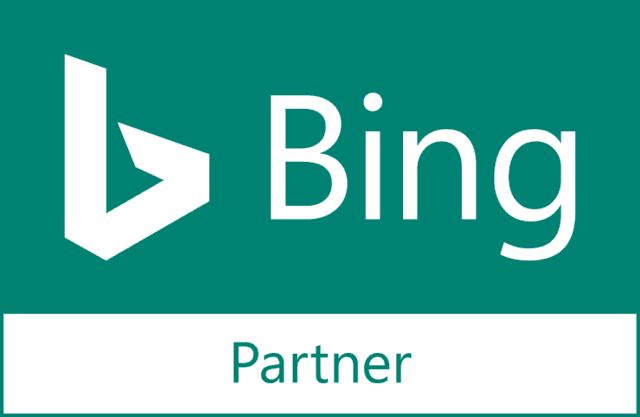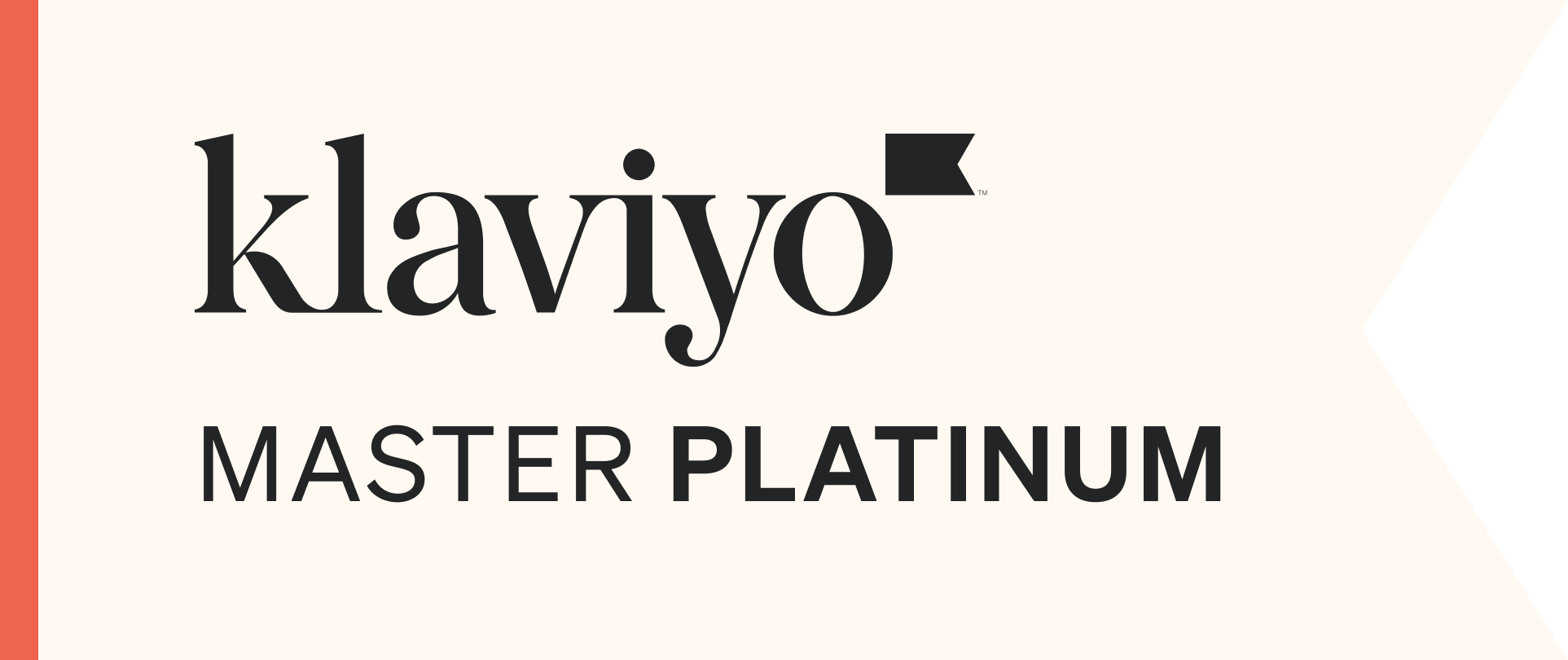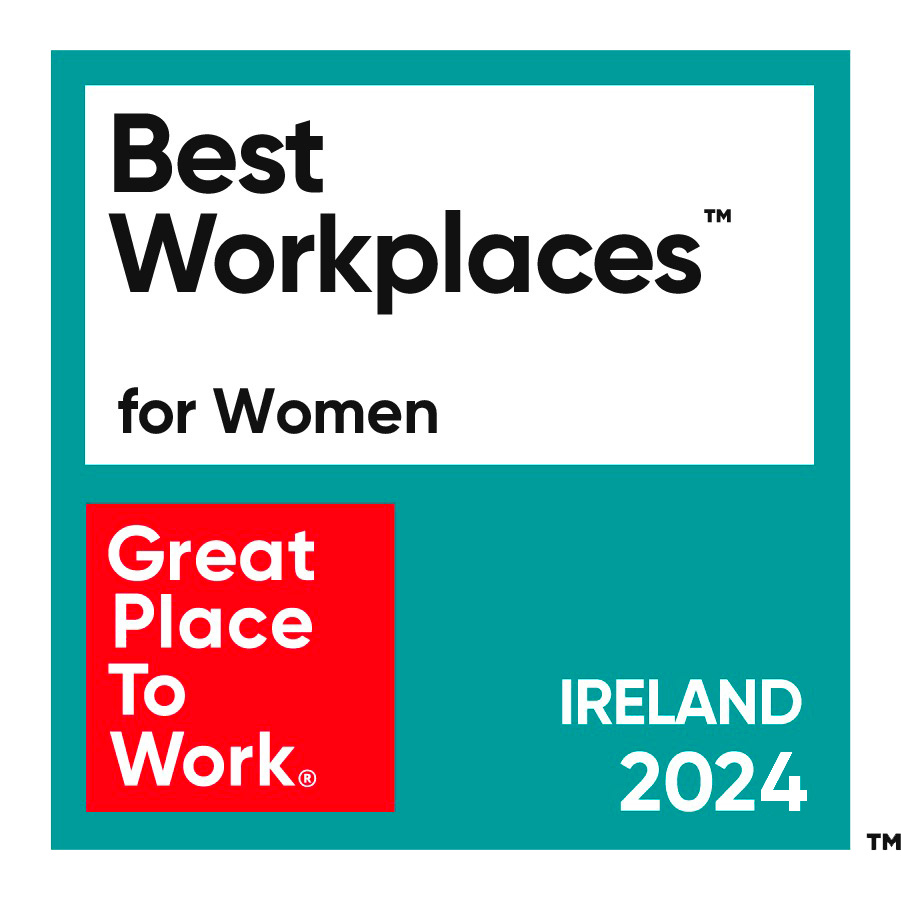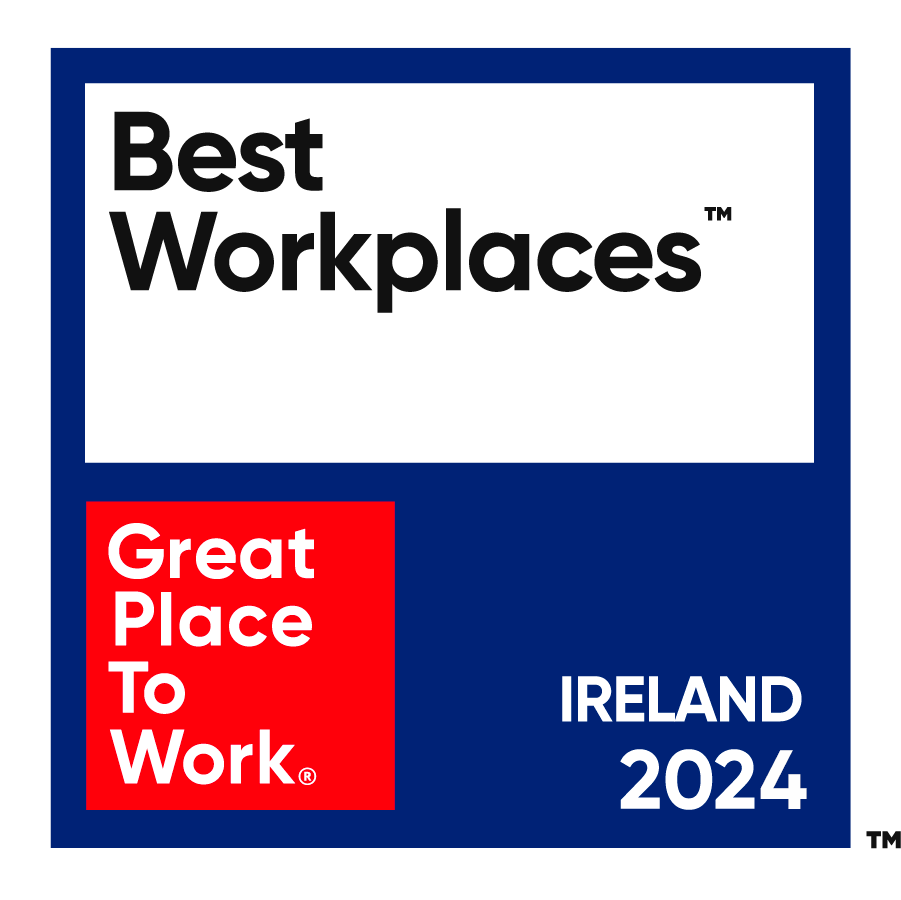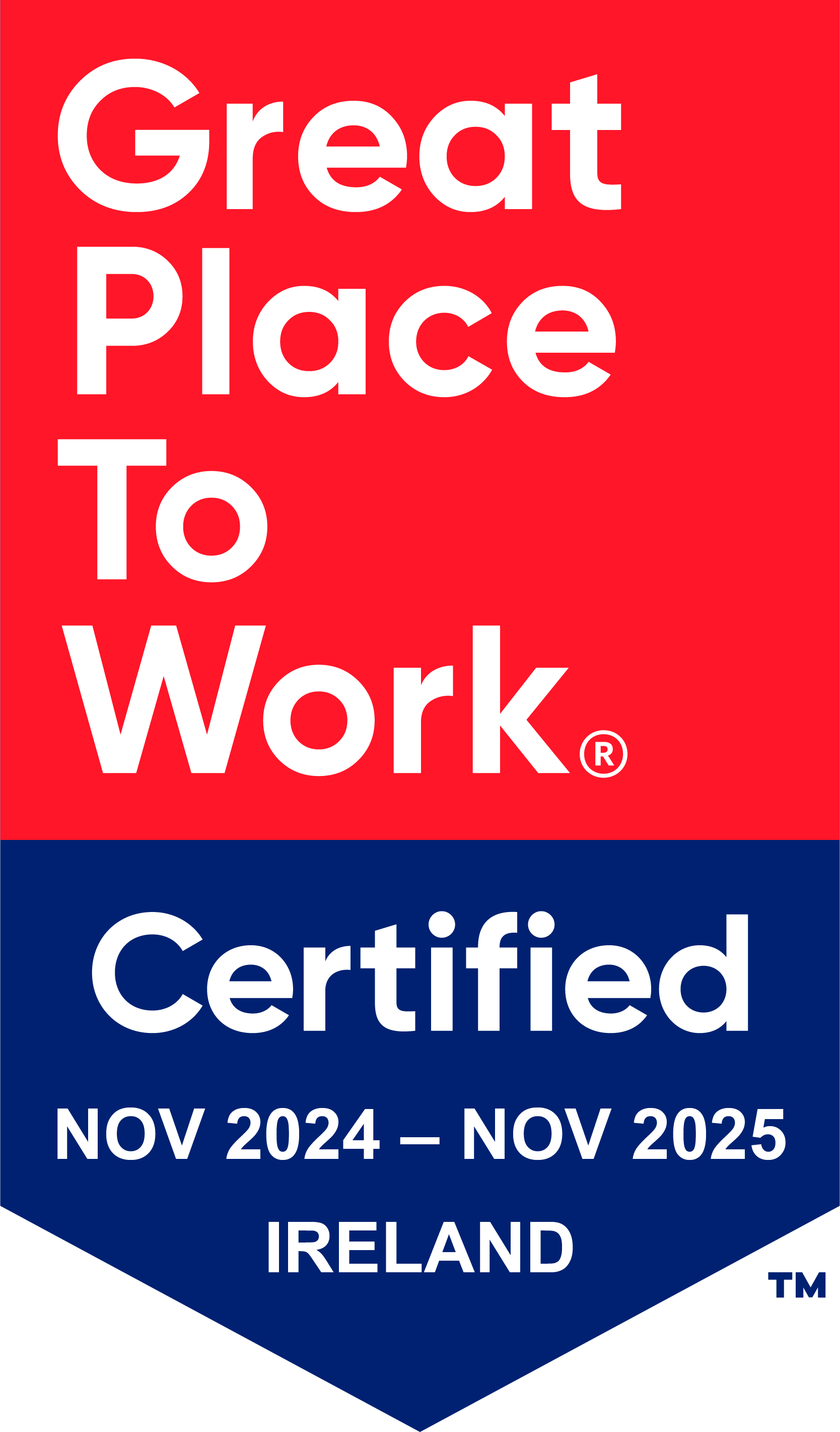By Alan Coleman on 22 Aug 2013
I recently heard somebody mention brand recall as an important metric that should be measured as part of any display advertising campaign. Coming from an engineering background I’ve been pretty sheltered from some of these traditional marketing terms and I’d never heard of this metric, but it’s apparently a “qualitative measure of how well a brand name is connected with a product type or class of products by consumers”). I immediately felt uncomfortable with it when I learned that it’s usually measured by undertaking interviews or surveys. I spend most my day creeping around Google Analytics and Google AdWords for my metrics, so the idea of having to organise a survey makes me very nervous. My ignorance and nervous demeanour aside, brand recall seems to be a crude way of determining brand awareness or the impact of a brand awareness campaign...or you can think of it as a brand popularity index (I think I just invented this term) and that definitely seems like it might be worth measuring. However, surely in an age of Big Data there must be a more efficient way to determine brand awareness than surveys or interviews? Of course there is. So this is my rinky-dink way of using a well-known Google tool to try and determine your brand popularity index. Google Trends is one of my favourite Google tools at the moment. I’ve lost hours in this tool. If you haven’t used it you should check it out. It allows you to determine search interest over a time you specify, in a country you specify. It also allows you to compare interest across several keywords. So, how do you use Google Trends to determine brand awareness or brand recall? Let’s take an example. Let’s say my client is a large car insurance provider in Ireland and they have invested in a branding (online or offline or both) campaign over the past 12 months. So, what impact did this investment have on their brand? The graph below from Google Trends records interest in the keyword “car insurance” in Ireland over the last 12 months. That’s really interesting, but it’s not what my client is looking for. Below this graph is where things get a lot more fun. The Related Terms table shows additional keyword phrases that users searching for the keyword ‘car insurance’ also searched for. The numbers next to the related terms are relative figures, with 100 representing peak search interest. So, remembering the definition of brand recall above, we could say that over the last 12 months when people think of car insurance in Ireland the first brand that comes to mind is Aviva.
We could also go a step beyond the qualitative measure and assign the quantitative values given above to our measure of brand recall. If our client was Liberty, we could reasonably say that their brand recall over this period is 20% lower than Aviva...or is that too out there?
Staying with this table, if we click the Rising tab on the top right, we can also get some insight into the impact of an awareness campaign that might be still be in its infancy. So in this example we can see the impressive uplift in interest in Liberty car insurance… Should Aviva be getting worried?
So, remembering the definition of brand recall above, we could say that over the last 12 months when people think of car insurance in Ireland the first brand that comes to mind is Aviva.
We could also go a step beyond the qualitative measure and assign the quantitative values given above to our measure of brand recall. If our client was Liberty, we could reasonably say that their brand recall over this period is 20% lower than Aviva...or is that too out there?
Staying with this table, if we click the Rising tab on the top right, we can also get some insight into the impact of an awareness campaign that might be still be in its infancy. So in this example we can see the impressive uplift in interest in Liberty car insurance… Should Aviva be getting worried?
 At this stage, Liberty might want to take a step back and pat themselves (and their agency) on the back as they can see in this graph how they are positioned against Aviva. It’s impressive to see a brand come from nowhere and very quickly claim such a large slice of the pie… they are one of the popular kids now.
As an aside, it would be a lot of fun to annotate the graph below with the dates and types of marketing activities used.
At this stage, Liberty might want to take a step back and pat themselves (and their agency) on the back as they can see in this graph how they are positioned against Aviva. It’s impressive to see a brand come from nowhere and very quickly claim such a large slice of the pie… they are one of the popular kids now.
As an aside, it would be a lot of fun to annotate the graph below with the dates and types of marketing activities used.
 Search haters will hate, and they’ll tell me that this only represents internet users searching on Google and I can’t argue with that, but I can mention that 80% of the Irish population are online (IAB) and over 90% of those use Google regularly (AMAS). That’s a pretty solid majority and their Google search activity is a far more relevant reflection of their brand recall than any interview or questionnaire they answer could ever be.
So that’s one way you can use Google Trends and all that lovely Big Data to try and work out awareness and recall for your brand...or you could just use it to remind yourself of the summer we had in 2013.
Search haters will hate, and they’ll tell me that this only represents internet users searching on Google and I can’t argue with that, but I can mention that 80% of the Irish population are online (IAB) and over 90% of those use Google regularly (AMAS). That’s a pretty solid majority and their Google search activity is a far more relevant reflection of their brand recall than any interview or questionnaire they answer could ever be.
So that’s one way you can use Google Trends and all that lovely Big Data to try and work out awareness and recall for your brand...or you could just use it to remind yourself of the summer we had in 2013.
 Brendan
Brendan



